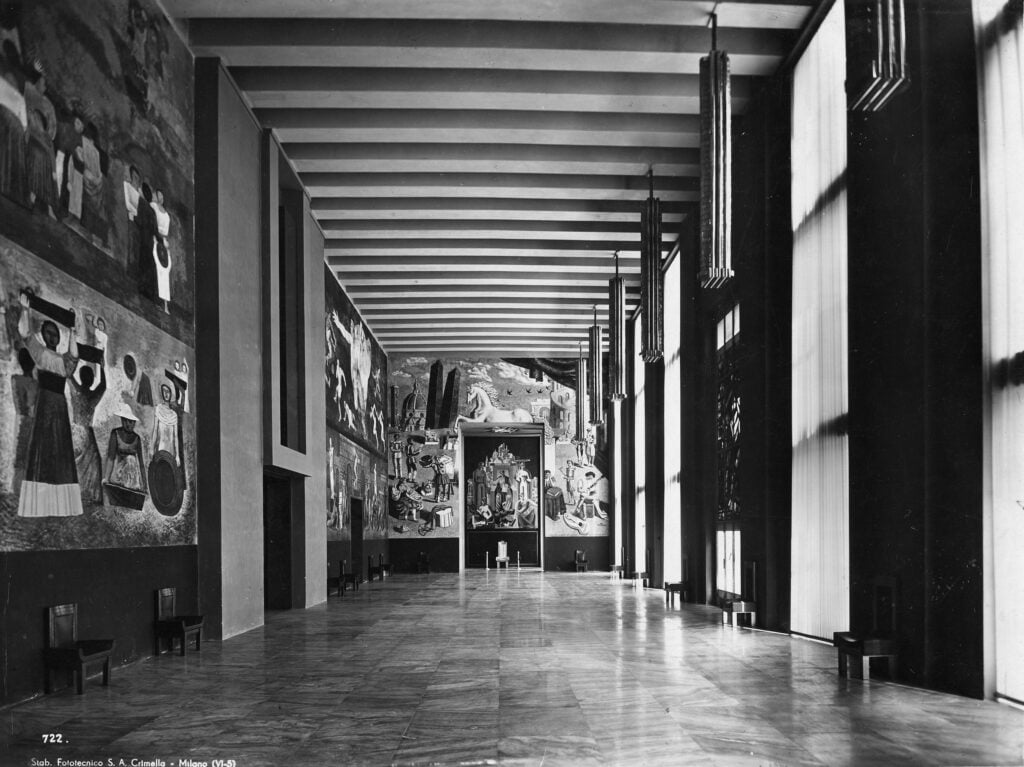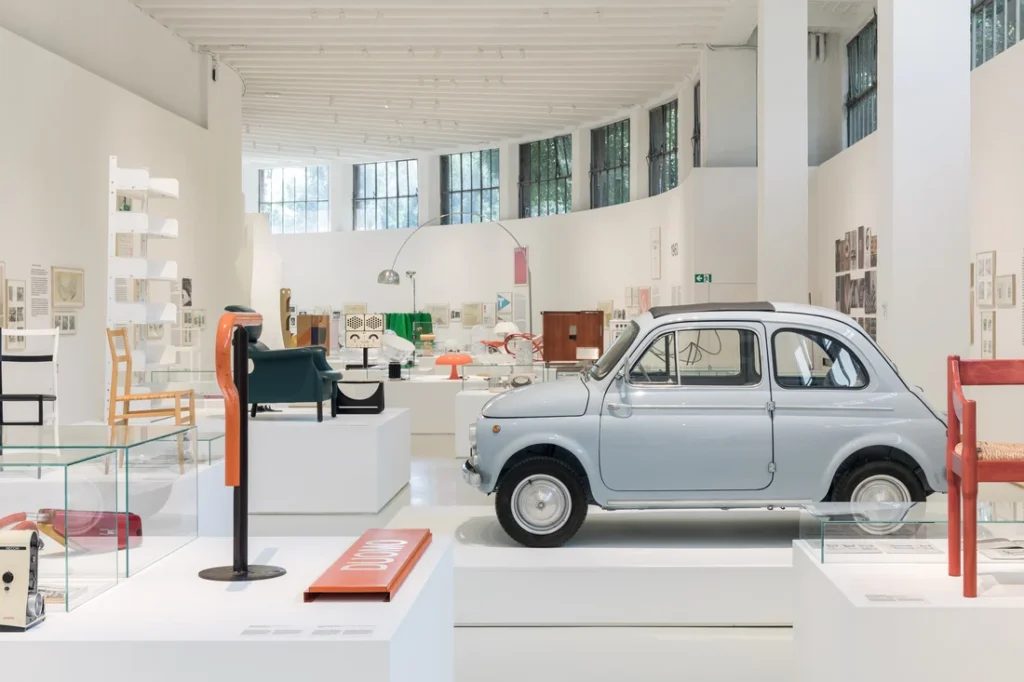The last night of the show atOld fashion from Milan is scheduled for December 31st. Greetings to 2023 to celebrate the beginning of the new year, which, however, will not see the reopening of the historic nightclub, which has existed for seventy years.
The history of old fashion at the Palazzo dell'Arte in Milan
A place that has become the temple of Milan's nightlife in its various incarnations: in the 1950s when it took its name El Trianonwas a reference point for rock and roll enthusiasts; in the '60s it became Piper and hosted the boom era's great live music and out-of-home entertainment. One of the remaining concerts in the club's history dates back to 1968: the live performance by Jimi HendrixThe current sign dates to the 1970s, when the space was renovated and took its name from one of the most popular cocktails of the time, the Old Fashioned: the place is destined to become one of the most popular meeting places Milan to drink. In the mid-1990s, another renovation was carried out by the architect Daniele Beretta, who combined the two ballrooms with a restaurant and the garden; in 2006 when the venue received recognition Historic shop From the City of Milan, Fabio Rotella signed a redesign that brings the style up to date with a modern tone.

The coexistence of old fashion with the Triennale Milano
Throughout the years, Old Fashion has shared its history with that of Palace of Art in Viale Alemagna, built in 1933 to a design by Giovanni Muzioto host the Triennale Milan. At this point, the architect had already planned the spaces for a restaurant and a concert hall, but it was only after the war that they were actually managed by private individuals, which marked the beginning of the above story. Overlooking Parco Sempione, Old Fashion has been the only nightclub in the city center for years to have a garden for outdoor dancing. And certainly the context in which it is housed contributes to giving it the charm that it has retained for many decades.
But now living together with the Triennale institution is not always easy: in 2019, some violent events outside the venue caused the relationship between the parties to falter – in the end: the rental agreement has expired (on behalf of the manager Roberto Cominardi has decided not to Triennale The farewell party is scheduled for January 20th, the last effective rental day is the 31st of the month. By then, the “Old Fashion” ballroom, which has already announced its reopening at a new location, must be made available for new projects .

Triennale projects for the liberated spaces of old fashion
In addition to the Design Museum, inaugurated in 2021 as part of the Triennale program, the spaces previously used as a discotheque will in fact be of strategic importance for the future of the institution, which celebrated its 100th anniversary in 2023 by opening with a dell'Arte began an ambitious renovation of the Palazzo to upgrade the research areas and expand the interior spaces in continuity with the Parco Sempione. A process to be completed by 2026, in time for the Milan-Cortina Winter Olympics (at the end of January 2024, a new space for research, memory and innovation will be inaugurated, where the Olympic Games will be held). Triennial Study Center and the institution's archive).
Reclaiming the Old Fashion spaces is part of this plan, as confirmed by the General Director of the Triennale Milano: Carla Morogallo: “The expansion of the premises is already underway, as is the project to re-illuminate the facade. Depending onExpansion of the Museum of Italian Designthe energy renovation of the building and a new arrangement of additional services in the rooms, there is a need to acquire the space in question and manage it directly in accordance with our institutional mission“. Finally, “The expansion of spaces, their permeability, the possibility of making them more suitable for a broader cultural approach, even from an architectural point of view, is the starting point for respecting the mission of the Triennale. For years, the institution’s cultural offerings have been enriched: there is dance, music, performing arts, audiovisual media, photography, public programs and classes.”.
And the goal must also be formulated in this direction Total renovation of the area around the Palazzo dell'Arte, a process favored by the possibility of taking back control of everything that happens in and around the building: “For years, a joint working group with the Prefecture, the City of Milan, Ferrovie Nord, Enpam, Justme and Old Fashion has been active at the Triennale with the aim of creating a system of external supervision and rehabilitation. All of the topics mentioned are also committed to this front with economic investments to support concrete measures“. A convinced (and peaceful) separation that forever separates the streets of the Triennale and Old Fashion. This is all the more true since even from an economic point of view – the rental of the disco rooms has so far provided the institution's treasury with an annual income of 300,000 euros – the operation should not have any negative impact, as the director emphasizes: “The economic results achieved by the Triennale in recent years enable investments that will hopefully create new economic opportunities“.
Livia Montagnoli